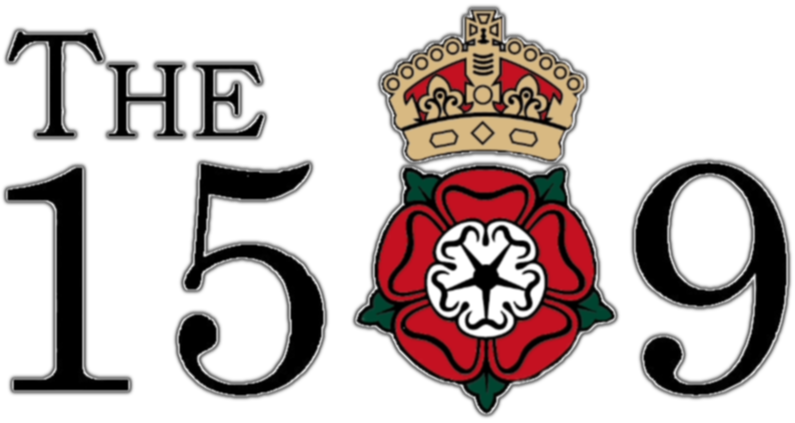By Magnus Borissow
The origins of chess date to nearly 1500 years ago in India with the game Chaturanga. Little is known about this ancient game other than it was played on an 8 by 8 board, though the rules of the game have been estimated and recreated by chess historians to have a king, chariot, vizier, horse, elephant, and 2 soldiers.

Chess then spread to Persia, and following the Arab invasion of Persia, chess was quickly adopted by the Muslim world.
From there chess gradually changed and adapted both in terms the rules of the game and its geographical location. It would then go on to become the game we know today, shifting into Spain and deeper into Europe.
The first recorded chess game following the modern rules of the game occurred in Valencia in 1475, with its moves noted in the form of a poem called Schacs d’amor (meaning The Chess Game of Love).
(N.B. The Chess.com analysis for all the legendary chess games mentioned in this article can be found at the end.)
The Romantic Era of Chess:
The ‘romantic’ style of chess was adopted in the 1800s up until about the 1880s. This style prioritised development of pieces and a sacrificial attack on the king. A game which best illustrates this style is the famous one played by Paul Morphy against two strong aristocratic amateurs, (Karl II, Duke of Brunswick, and Comte Isouard de Vauvenargues) this game is known as the ‘Opera Game’.
The game ends with a queen sacrifice to secure a checkmate with only two strong white pieces left on the board (the rook and the bishop). This game embodies the spirit of the Romantic era of chess.
The Positional Era of Chess:
The first signs of positional chess are encapsulated well by the conserved play of people such as Jose Raul Capablanca, the famous Cuban Chess Champion, in the early 20th century. During this era, players gained several small advantages and used these to stretch the opponent’s position thin until they are left unable to defend their king. An example of the positional style of chess playing is in the game analysed below – between Capablanca and Juan Corzo. In this game, Capablanca uses a long-ranged bishop to defeat the short-ranged knight which allows him ultimately to defeat Corzo.
The Hypermodern Era of Chess:
The idea of hypermodern chess, an era which emerged soon after World War I, is to attack the centre from a distance with pieces – rather than pushing pawns into the centre to control it. One opening that demonstrates this style is the King’s Indian defence, which was a popular opening used by none other than American chess legend Bobby Fischer. In the analysis below between Fischer and Letelier, Fischer is able to undermine Letelier’s centre, causing it to collapse. The white king is left abandoned, surrounded by underdeveloped pieces and Letelier is defeated.

Chess has evolved a great deal since its humble beginnings and is being taken even further by rapidly improving Chess Engines and new players alike. It seems that the history of chess is still being written today.
ANALYSIS OF GAMES:
Schachs d’amour:
Notation (according to the poem):
1.e4 d5 2.exd5 Qxd5 3.Nc3 Qd8 4.Bc4 Nf6 5.Nf3 Bg4 6.h3 Bxf3 7.Qxf3 e6 8.Qxb7 Nbd7 9.Nb5 Rc8 10.Nxa7 Nb6 11.Nxc8 Nxc8 12.d4 Nd6 13.Bb5+ Nxb5 14.Qxb5+ Nd7 15.d5 exd5 16.Be3 Bd6 17.Rd1 Qf6 18.Rxd5 Qg6 19.Bf4 Bxf4 20.Qxd7+ Kf8 21.Qd8#
Analysis:
https://www.chess.com/analysis/game/pgn/5EFVghXqe6?tab=review
‘The Opera Game’ played between Paul Morphy and Duke Karl:
This game ends with a thematic queen sacrifice to checkmate with only two white pieces remaining on the board, the game encapsulates the spirit of the romantic era.
https://www.chess.com/analysis/game/pgn/4ogYjtYf4i?tab=analysis
Capablanca vs. Corzo:
This modern game demonstrates the power of a long-ranged bishop defeating the short-ranged knight which is left unable to defend all sides of the board.
https://www.chess.com/analysis/game/pgn/2E3gFvZJsp?tab=analysis
Fischer vs. Letelier:
Fischer undermines the overextended white centre using both the dark squared bishop from g7 and targeting the d4 pawn using c5.
https://www.chess.com/analysis/game/master/94610?tab=analysis





